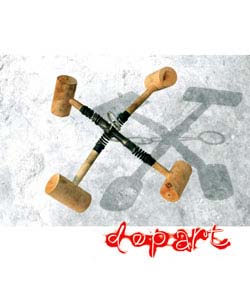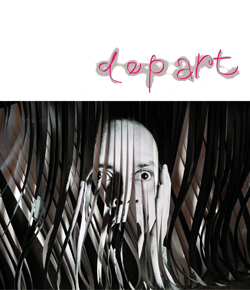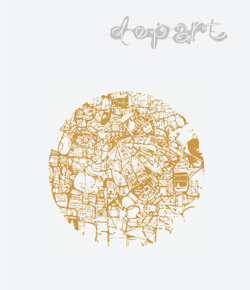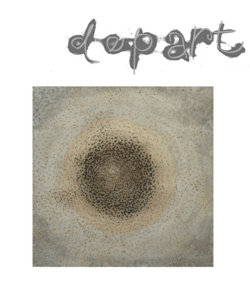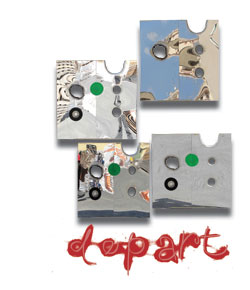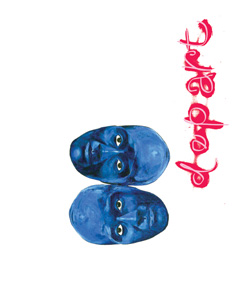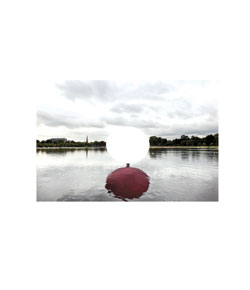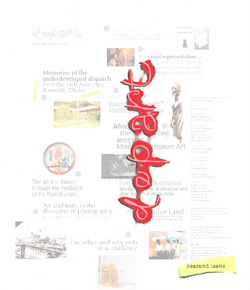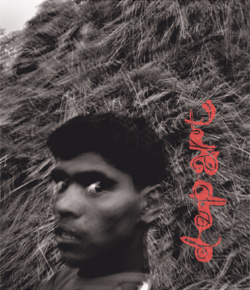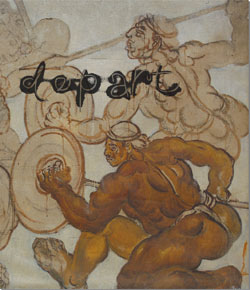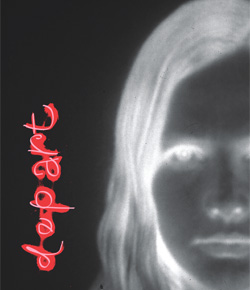postscript
Capturing historical moments to make history
Homage to Rashid Talukdar

Rashid Talukdar is no more and his way of capturing and making history through the lens is all that remains. The photographer was laid to rest on October 25, 2011, Dhaka. Though released from the mortal coil, history's eye remains fixed on him as posterity begins for this photojournalist whose oeuvres bore testimony to the making of the nation that is now Bangladesh.
He was born in Chabbish Pargana, India,on October 24, 1939. His induction into photography took place in Star Studio of Rajshahi, where his guru was the patriarch of Star Studio, Motahar Hossain. In his early life his association with the studio began through drawing water for its daily use. He was engaged for quite a few months in this menial chore, often showing resilience in the face of much hardship. Driven by the vagaries of life, eventually he turned to photography. This very desperate measure delivered him onto the page of history.
He stepped into mainstream photography towards the end of the 1950s, and by 1959 he joined the Press Information Department. After two years of service he began to work as a photojournalist in Daily Sangbad. It was in 1961, that he was given his first assignment, on behalf of the daily, by none other than Shahidullah Kaiser, the litterateur who was then working as a Journalist.




Talukdar worked uninterruptedly for a period of 13 years in The Daily Sangbad. For the next 32 years of his life he was engaged as a photojournalist in Daily Ittefaq. As a photographer with a knack for turning up at the right time in the right places, Talukder was a witness to the history of three successive epochs. He grew up during the British colonial era, in the undivided India, and launched his professional life during the Pakistan era while he expanded his professional reach during the Bangladesh period.
Photography was not viewed as merely a form of representation of beauty or expression of creativity by Rashid Talukdar. He steered clear of the concept of the 'aura' which might have lent his photography the status of art; neither was he interested to look upon it as merely a career. It was his lifeline, a means of survival, in the sense that the 'captures' he made were socially and politically motivated acts. As a photojournalist he framed social-historical time giving rise to some important flashpoints in the annals of the history of representation. His portrayal of life through its political and social climaxes bespeaks his attachment to a certain modernist tradition of capture and its resultant web of signification.
Talukdar's times were marked by historical changes and shifts. The seed of the freedom struggle for a Bengali nation was latent in the division of 1947 along the communal lines, when Pakistan sprang as a sovereign nation from the lap of India. By 1952, the struggle for language was already underway in the then East Pakistan, ushering in the inception of a nation called Bangladesh. During the 1960s, as the struggle for autonomy gradually evolved into the political movement for a sovereign nation, Talukder became one of the ardent recorders of the turn of events finally leading up to the war of independence in 1971. The premise of Rashid Talukdar's photography rests on the images he had captured during the long drawn resistance of the 1960s. Especially, the photographs representing the mass movement of 1969, scenes from '71 war of freedom, and the brutal excesses that resulted from the Pak-chauvinism made him part of history.
By framing time humans mirror the past, or should one say, construct history. Therefore, the veritable snapshots of 'time' represent history. In the mirror of Talukdar's camera what is entrenched is the history of Bangladesh. The individual Rashid Talukdar did posses the eyes of a historian, but the photographs he produced captured history and also, in turn, made history. The very images that reflect the story of the resilience of a race embodied in its coming into being and thereafter the formation of a country, by the same token, also ensnares the photographer in the frame of history. Arguably, in relation to history, the individual plays no pivotal role, it is the historical dynamics that produces and even edifies the individual. In this respect, Rashid Talukdar is a historic figure. The passing away of Rashid Talukdar simply means the demise of the individual; but the lens he used with precision and prescience to configure events as it happened before his eyes only leave behind some records of the crucial crossroads achieved by the nation called Bangladesh.





